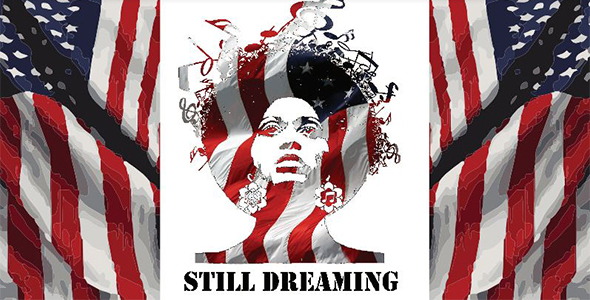This lesson is for : Grade 3:
Summary
Students will explore and research optical illusions. Using divergent/flexible thinking while homing in on visual perception students will discover hidden letters within their environment. Next, they will test their convergent thinking by developing riddles for specific letters that when decoded will form a hidden word. The process will be completed via digital pictures, slide shows and movies. Each student will be able to evaluate themselves as individuals and cooperative learners.
TIPC Ratings
Research & Information Fluency
Rating: Ideal – Explanation: In the first phase of this unit, students will explore the topic of optical illusions, via various websites and nonfiction books. They will share the effects of light, the eye and the brain creating illusions we see by completing a research sheet and orally presenting new knowledge. They will gain the insight that things are not always how they appear and answer the question, “The “Big Picture” or the details, is one more important than the other when creating and solving problems?”
Communication & Collaboration
Rating: Ideal – Explanation: Groups of students will cooperatively explore and digitally record their surroundings for hidden letters of alphabet to share and build a file of abstract photo alphabet. Partners will collaboratively chose a word and draft a blueprint of clues for each letter of the word to be placed in a shared Google Slide for the final riddle presentation. Individually, each student will reflect on their personal project and also several peers final slideshow, providing feedback via written documentation.
Critical Thinking & Problem Solving
Rating: Ideal – Explanation: Developing a better understanding for other’s point of view and becoming more open minded to issues and ways to solve problems is developed through seeing things from different angles. Students will begin this development by actually seeing things differently. Creative and flexible thinking skills are used to develop insightful clues to each letter of the mystery word. Analyzing letters for multiple meanings, sounds, or context aids each team in developing a more challenging riddle; as well as, allows each individual to be more successful in solving the riddles.
Creativity & Innovation
Rating: Ideal – Explanation: Students synthesize their new views on words and letters by creating and sharing riddles via Google Slides. Although they are given the communication tool, students generate unique clues and compile abstract photo files for letter. Partners reflect on drafts and final products for creativity and unique ideas in the riddles daily. Each slideshow is shared and students individually provide feedback on effectiveness of clues, organization and appearance of the presentation.






